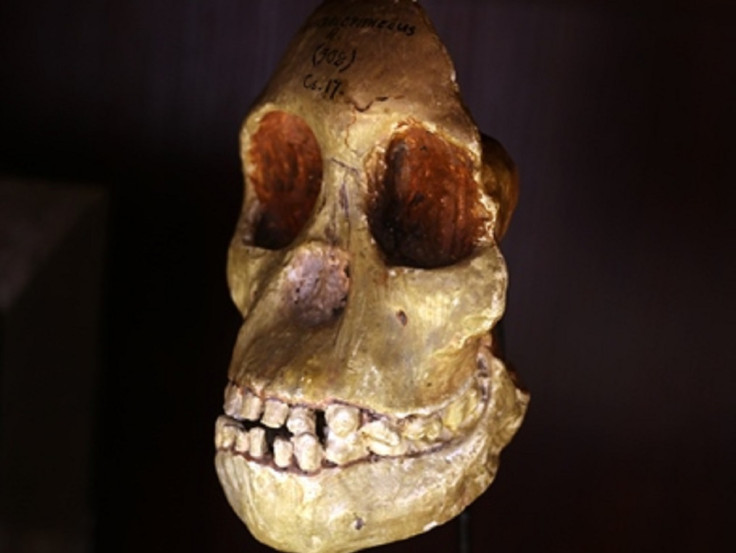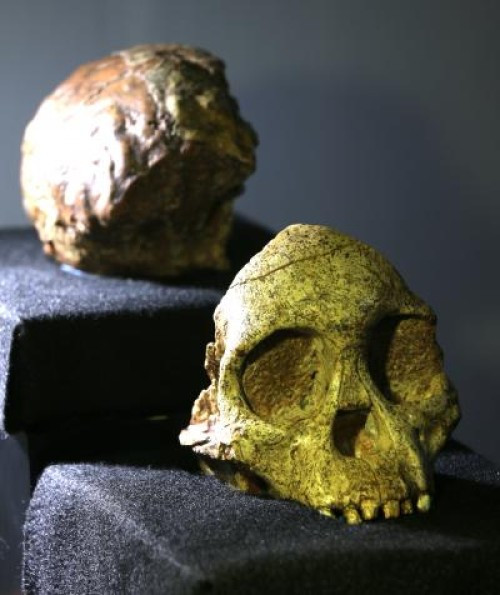South Africa's Taung Child 'was not Human', Disproving Infant Brain Development Theory

A three million-year-old fossil believed to show infant brain development was not as human-like as previously thought, scientists have discovered.
Taung Child was discovered in South Africa 90 years ago by Professor Raymond Dart from Wits University in Johannesburg. It was hugely significant because it was the first and best example of early human brain evolution.
Over the last century, many theories have been put forward regarding Taung Child, including that it shows key cranial adaptations found today in human toddlers.
However, this has now been disproved after CT scans showed that Taung Child was far less human-like than previously thought.
Published in the Proceedings of the National Academy of Sciences, Kristian J Carlson from University of the Witwatersrand led a team of researchers in performing a silico dissection of the fossil using high-resolution computed tomography.

"A recent study has described the roughly three million-year-old fossil, thought to have belonged to a three to four-year-old, as having a persistent metopic suture and open anterior fontanelle, two features that facilitate post-natal brain growth in human infants when their disappearance is delayed," he said.
Findings showed that Taung Child did not have the structures that allow a baby's head to emerge from the womb during birth. The open anterior fontanelles allow brain growth in human babies and become sealed by the time the child is one.
In the fossil's case, the child did not experience a spurt in brain growth like modern babies, showing it was not as closely related to humans as was thought: "As they fuse, you will see evidence of this inside the bone; [on the skull of the Taung Child] there is no sign of fusion," Carlson told South Africa's Times Live.
The scientists also said other hominin fossils should be studied with CT scans to revise previous theories.
"We've demonstrated the misdiagnosis in Taung, and we believe it would be prudent to assess whether the presence of these features — unfused metopic sutures and open anterior fontanelles — may have been misdiagnosed in the additional specimens," Carlson told LiveScience.
© Copyright IBTimes 2025. All rights reserved.






















